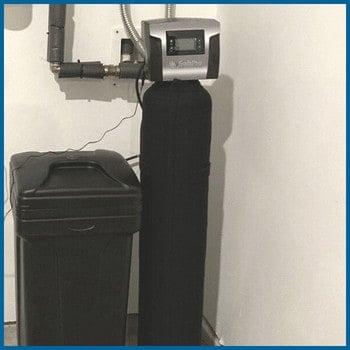Visualize celebrating your wedding day in a stunning venue that captures your style, offers unforgettable atmosphere, and makes your wedding seamless and memorable. Now, take into consideration exactly how picking the best wedding hall in London, Ontario can turn that vision into fact. But with various alternatives, exactly how do you identify the venue that examines all your boxes? If you’re questioning the top choices available and what makes a wedding hall genuinely stick out, you’re in the right location. Read on to discover the crucial tips and insights to guide your search.
Why Picking the Right Wedding Hall Issues
Finding the perfect wedding hall has to do with more than simply area; it establishes the mood, influences your visitor experience, and can also influence your budget. A appropriate venue functions as the foundation for your entire event, so it’s worth understanding what makes a wedding hall stand apart in London, Ontario
What to Look for in Wedding Halls in London, Ontario.
Location and Access
A prime consideration is the venue’s area. Is it quickly obtainable for your visitors? Near resorts, transport centers, or in a picturesque location? A hassle-free area ensures your loved ones can participate in without anxiety, creating a much more loosened up ambience for your wedding.
Capability and Area
Ensure the venue can comfortably suit your guest list. Some wedding halls are better fit for intimate events, while others are made for huge events. It is essential to discover a space that fits your predicted visitor count without feeling cramped or excessively vacant.
Style and Atmosphere
Take into consideration the visual of the room. Does it match your wedding motif– timeless, modern-day, rustic, or classy? The ambience of the hall need to complement your vision, whether it’s a grand ballroom or a relaxing, intimate setup.
Amenities and Services
Look into what’s included: tables, chairs, design alternatives, catering centers, AV devices, and car parking. Some venues provide extensive bundles, which can reduce intending anxiety and potentially conserve costs.
Comprehending Deluxe Wedding Venues in London, Ontario
While numerous wedding halls supply a attractive venue, luxury wedding venues boost the experience with polished information and superior solutions. These venues commonly include exquisite architecture, customized solutions, and picturesque surroundings that make your wedding really special.
Attributes of High-end Wedding Venues
Stunning panoramic sights or historic architecture
Adjustable layouts and decoration
On-site providing with exquisite options
Experienced occasion organizers committed to your party
Exclusive gain access to for privacy and affection
If you’re taking into consideration a much more upscale experience, discovering deluxe wedding venues can make a considerable distinction in exactly how memorable your wedding day will certainly be.
Just how to Find the most effective Wedding Hall in London, Ontario
Specify Your Top priorities
Are you looking for historic beauty or modern-day elegance? Do you choose indoor or exterior setups? Clarifying your top priorities will certainly aid narrow your alternatives.
Visit Several Venues
Prior to choosing, see a number of wedding halls in London, Ontario. This enables you to see the room personally, imagine your wedding day, and ask questions concerning services, limitations, and customization alternatives.
Evaluation Testimonials and Photos
Review reviews and take a look at pictures from previous weddings held at the venues. These insights can reveal the actual high quality of service, the tidiness of the area, and the overall experience.
Consider Your Spending plan
Establish what you’re willing to invest and see which venues supply the most effective worth for your investment. Remember, luxury venues commonly consist of costs solutions and facilities that can justify greater costs.
Start Your Browse Today
Your perfect wedding hall in London, Ontario, is around, waiting to organize your romantic day. To explore several of the most effective alternatives and discover more regarding luxury wedding venues, visit our web site and find distinct venues developed to turn your vision right into reality. Look into our wedding venues page to start preparing your memorable party today.
Final Thoughts
Choosing the optimal wedding hall is a essential action in developing a worry-free, sophisticated, and remarkable wedding. Whether you like a classic, rustic, or elegant setup, the appropriate venue will certainly set the scene for your happily ever after. Take your time, do your research, and bear in mind that your dream venue is just a few actions away.
Seeking inspiration or expert guidance? We can aid make your wedding intending trip smoother and extra delightful. Your excellent wedding in London, Ontario, begins below– are you all set to locate it?



